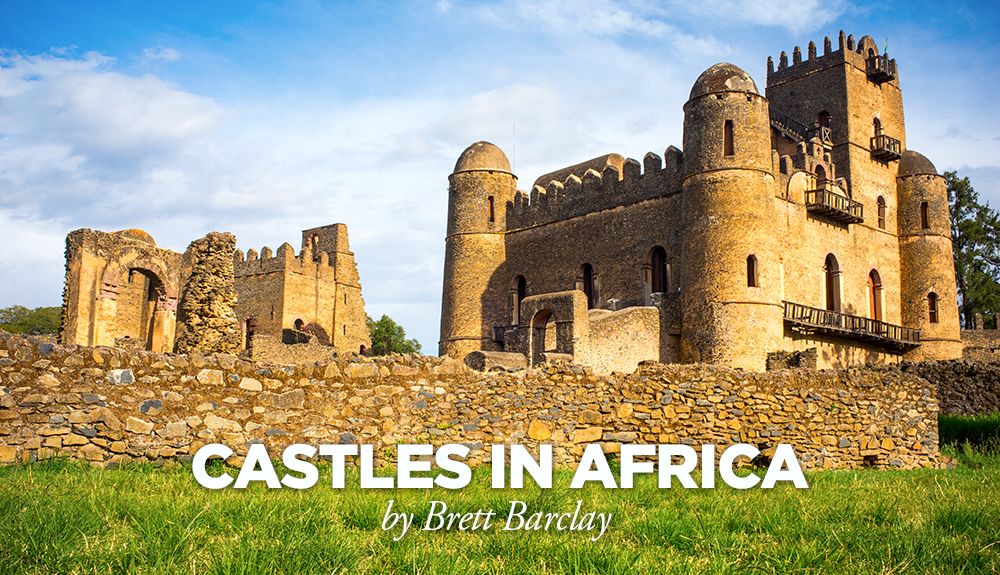Ethiopia is where it all began. Literally. It was in these lands that the very first humans roamed – evident in the 3.5 million-year-old remains of “Lucy”, now resting in the National Museum of Addis Ababa.
Adding to the wonder, Ethiopia is also the only country in Africa that has never been colonised, allowing an old and original view like nowhere else on the continent.
Travelling around Ethiopia by road is an experience in itself, through farms and villages, witnessing daily life and sharing the roads with cows and goats! One of the most memorable meals was at a roadside restaurant run by four sisters who fed us local delicacies and of course the world’s best coffee, roasted right in front of us.
What are the best things to do in Ethiopia? Start with the Simien Mountains National Park, a UNESCO World Heritage site and reminiscent of the Grand Canyon, but to my mind far more dramatic. A highlight was spending time with the endemic Gelada baboons, more famously known as the bleeding-heart monkey, but the park is also home to the Ibex and Ethiopian wolf. Our lodge was perched on the edge of an escarpment with breath-taking views and truly wonderful Ethiopian hospitality!
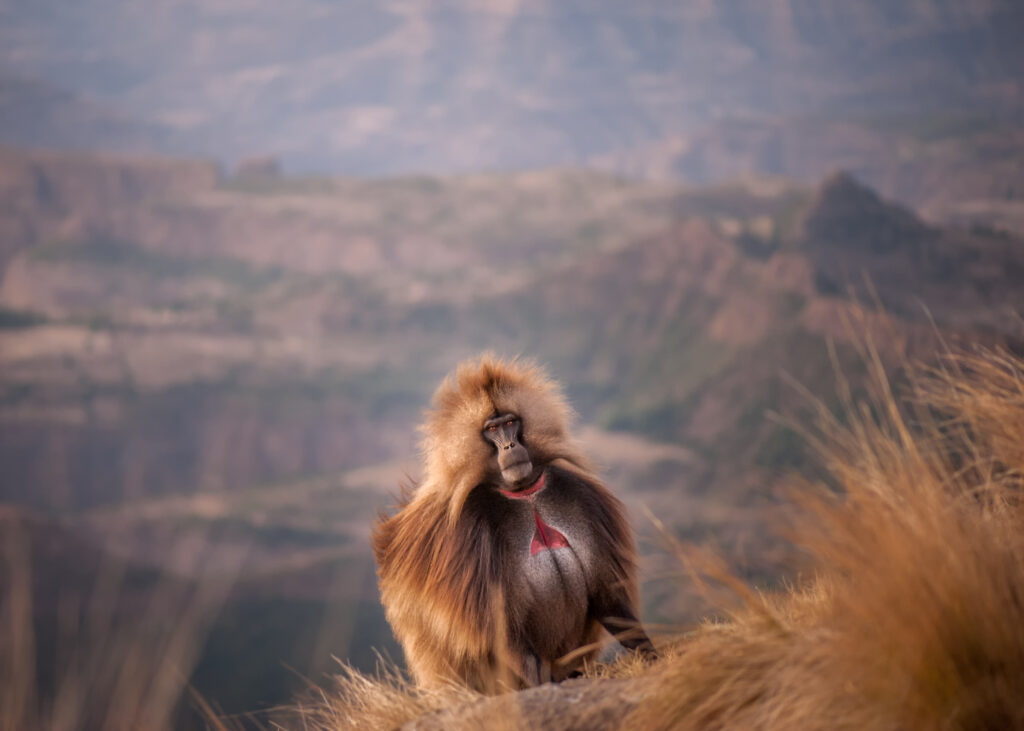
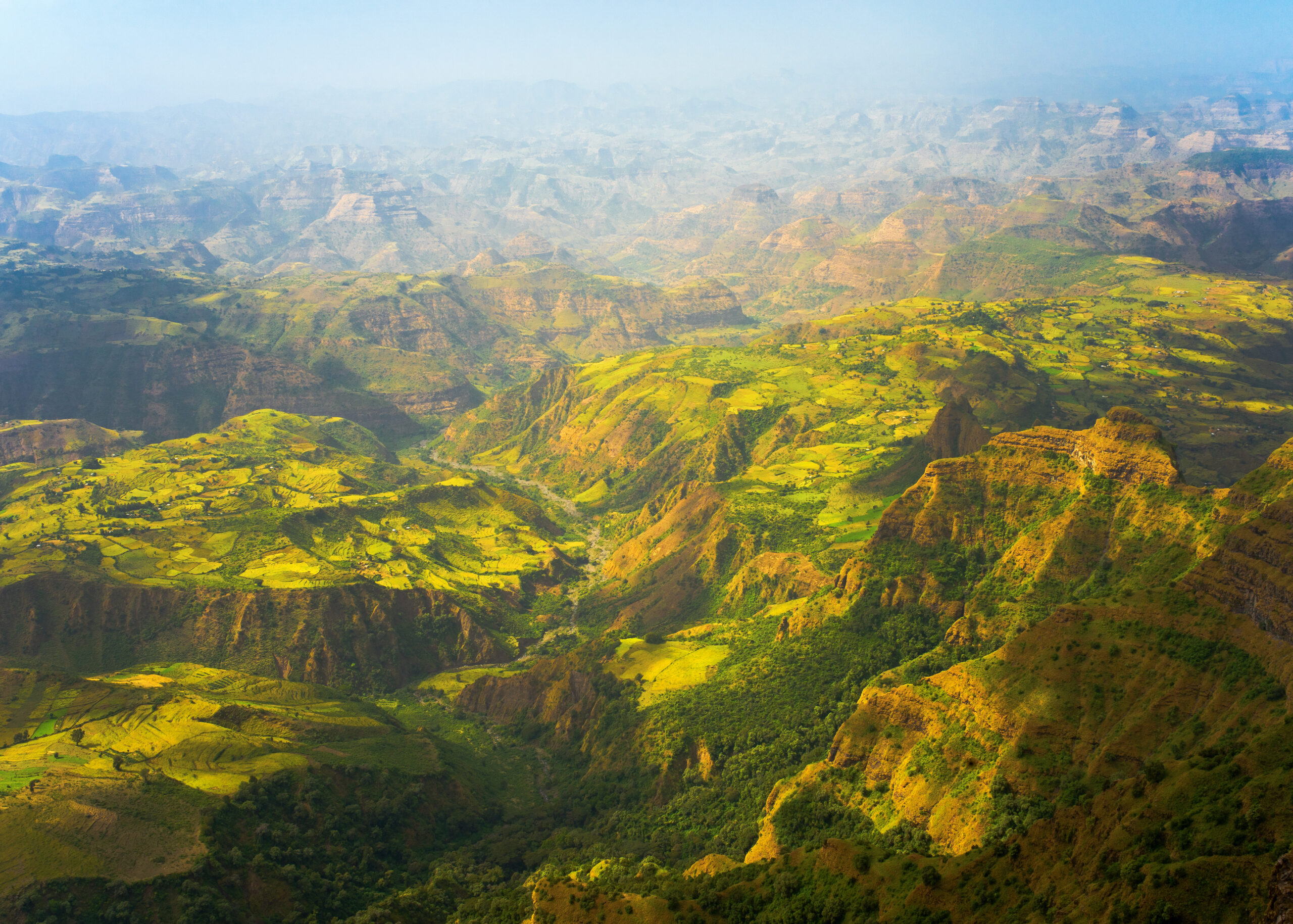
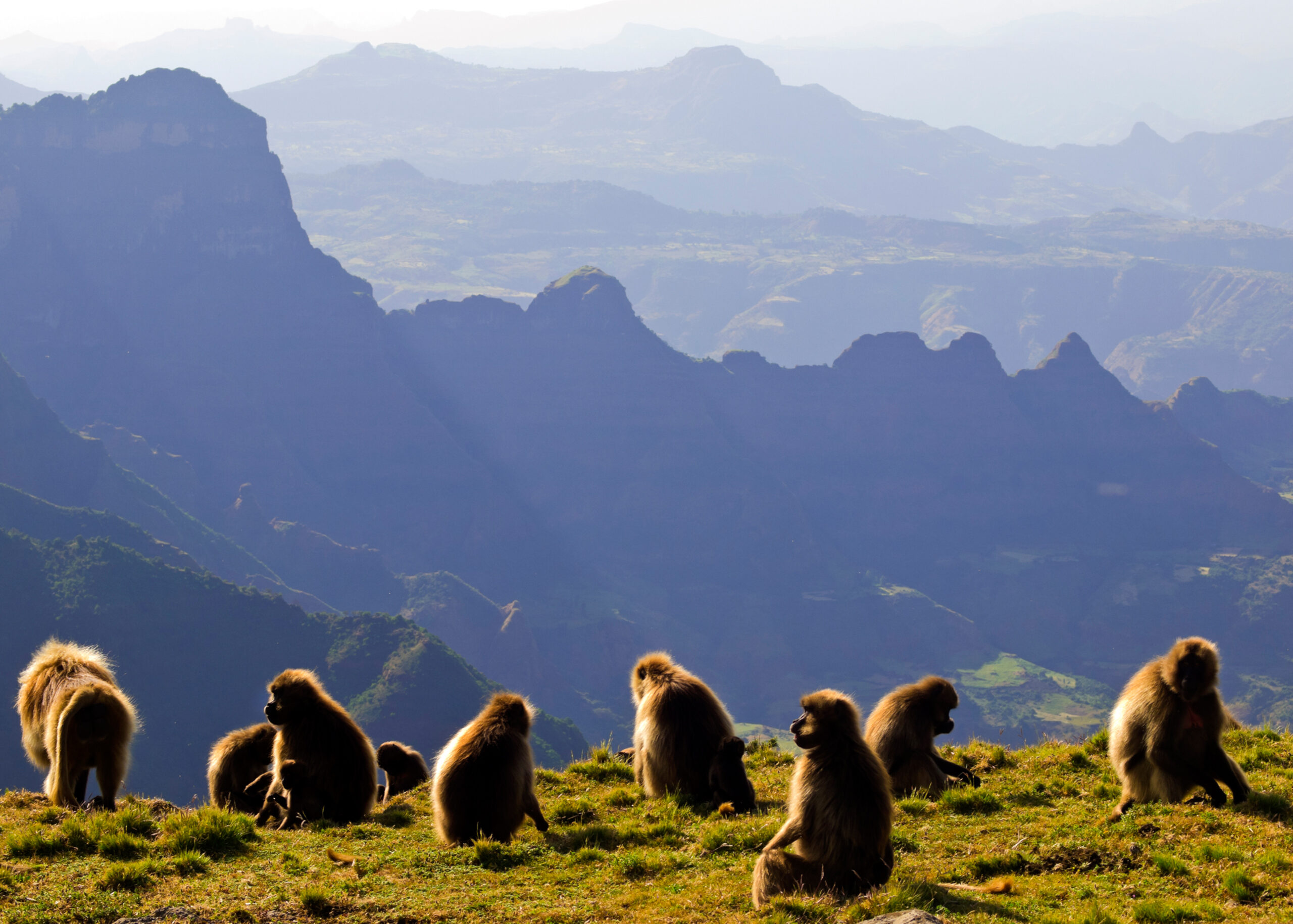
The castles of Gondar were a revelation, dating back to 1630. The Royal Enclosure features a steam room, a concert hall and a weekend house complete with a swimming pool! Who would have thought – castles in Africa?!
Lalibela was an absolute highlight. Capital of Ethiopia in the 12th century, King Lalibela built a series of 11 churches here, each carved out of a single solid rock! Starting with what would eventually be the roof, they carved down and then inside. Incredibly, these churches are still in daily use, and life continues fairly much as it did 900 years ago.


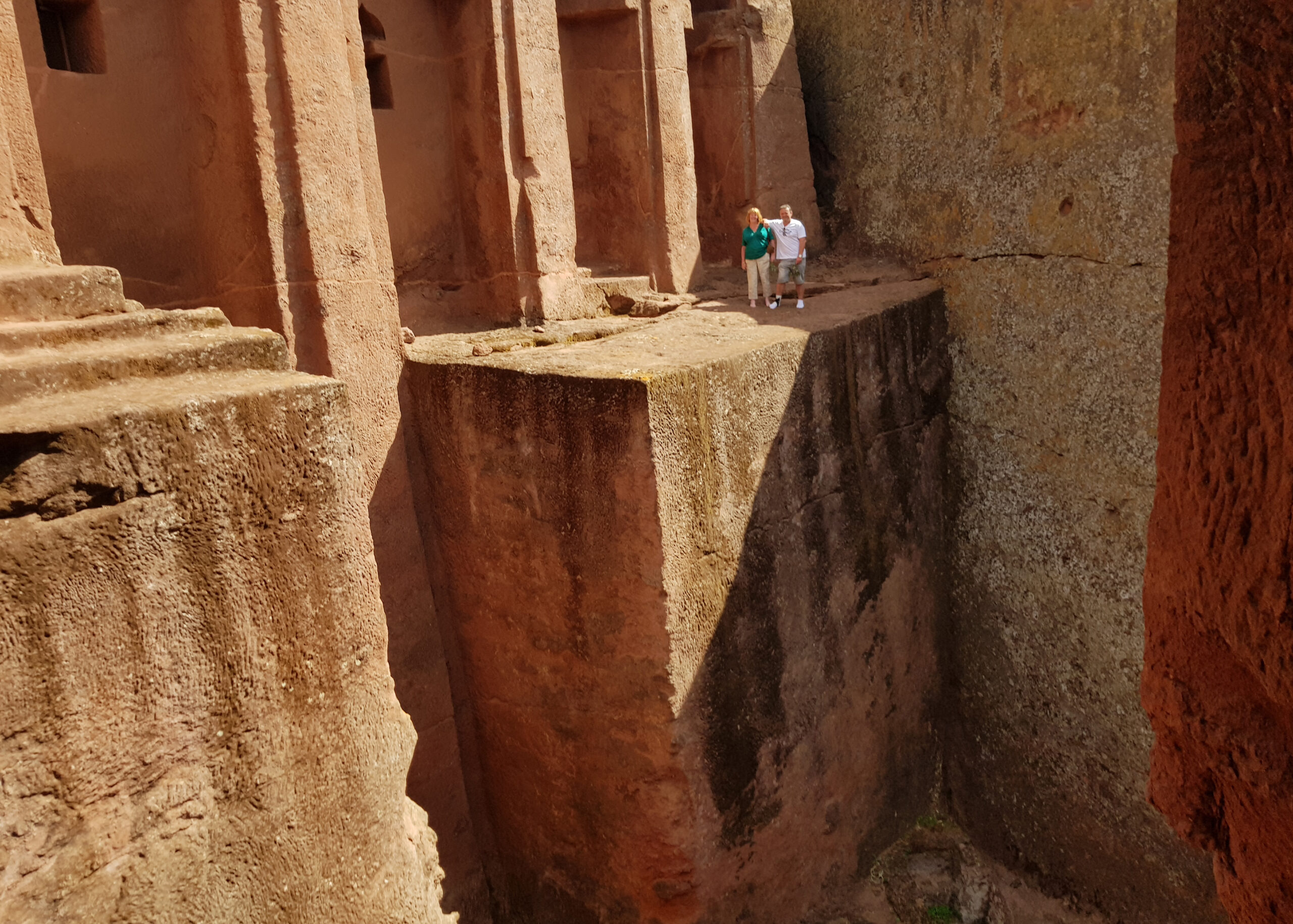



Axum is one of the oldest continually inhabited settlements in the world. Home town of the Queen of Sheba, who travelled to Israel to meet King Solomon, resulting in the birth of Menelik. When Menelik returned to Israel he was given the Ark of the Covenant which is said to reside in a church in Axum. We visited the church and its fascinating museum, Queen Sheba’s Palace and the huge Stelaes, built over burial tombs from a single piece of granite.
As always, it was the people who greatly enriched the experience. Our guide Kibrom was a gem, as was our driver who claimed to not understand English but giggled during our many debates on world politics. Kibrom was a graduate of the country’s first University degree course in tourism and was deeply knowledgeable and passionate about his country. Happy to discuss any aspect of Ethiopia, we learned about their unique languages, an alphabet of 231 characters; their 13-month calendar, and their daily clock which starts at sunrise (6am), so our 10am is their 4am!
Hand on heart, exploring Ethiopia was one of the best experiences of my travelling life, and, not to boast, but that’s saying a lot!

